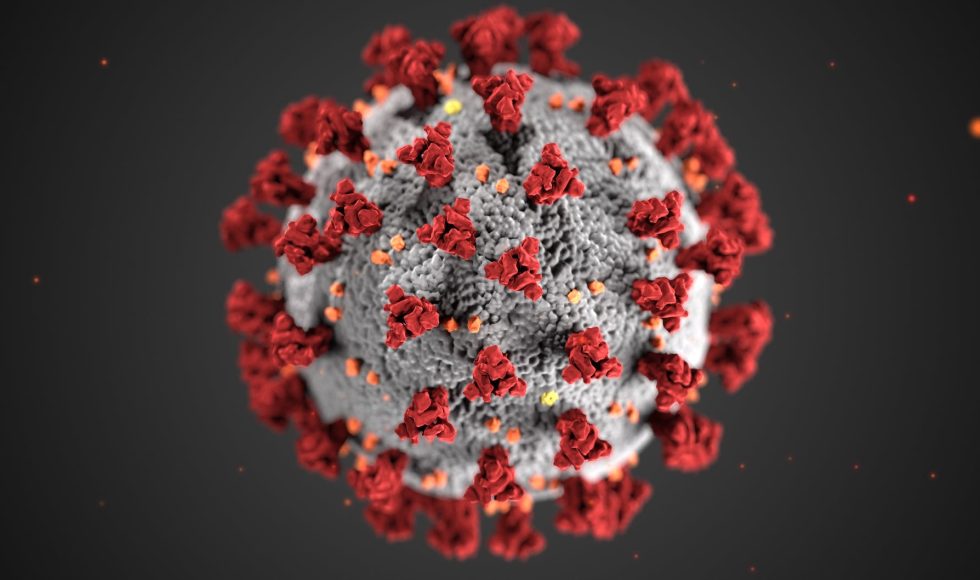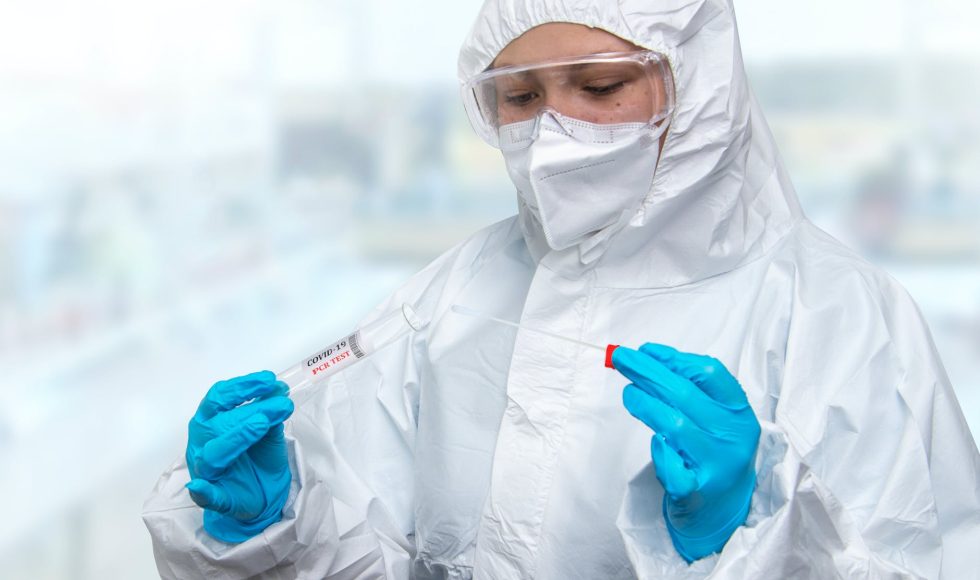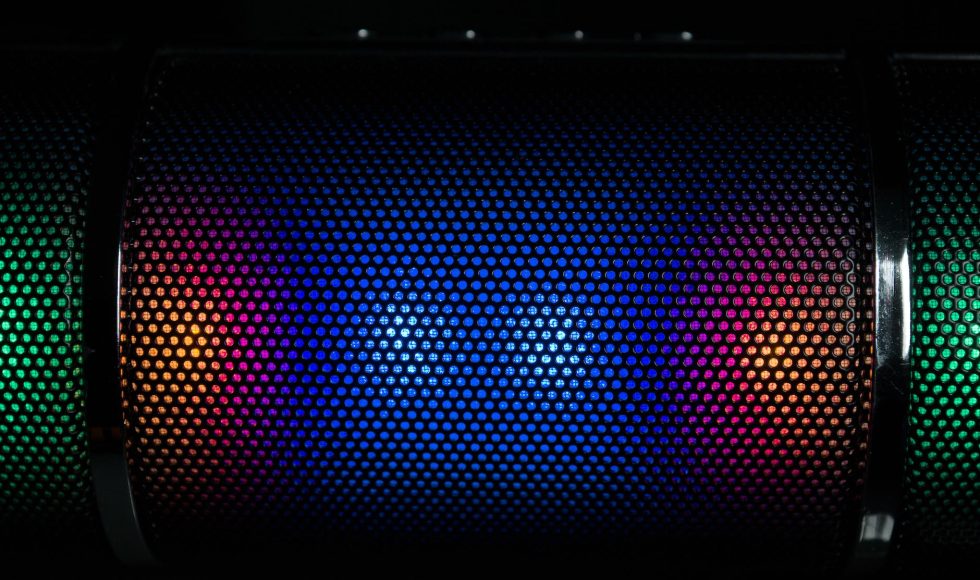Sarah Frampton from the University of Southampton, UK spoke at the Nanopore Community Meeting 2022 on “Shinning a light on the FCGRs: deconvoluting their challenging (epi)genomic organisation and consequences in immune oncology research.” Frampton is a Ph.D. student and spoke about monoclonal antibodies and their therapeutic potential. The Fc gamma receptors, Frampton explained, are important […]
Andre Reis from the Garvan Institute of Medical Research in Australia presented at the Nanopore Community Meeting 2022 on “A long-read nanopore sequencing platform for Indigenous genomics.” Their efforts to increase efforts to increase representation of Indigenous people in Australia. Reis spoke about indigenous Australians and the lack of representation in current catalogues. Thus, there […]
Professor Laurent Mesnard from from the Medecine Sorbonne Universite spoke at the Nanopore Community Meeting 2022 about “Rapid genomic analysis for thrombotic microangiopathies (TMA) diagnosis.” Their approach combined Nanopore adaptive sampling, EPI2ME, and SeqOne approach. They described TMA and the need to detect early. Mesnard explained that the biggest challenge for TMA is early intervention. […]
I am now watching videos from the Oxford Nanopore Technologies (ONT) YouTube playlist that includes sessions from the NCM 2022. I want to learn more about what others are doing with Nanopore and how to use automation and pipelines more efficiently. The first session I watched tonight was on “End-to-End human genome nanopore sequencing and […]
Anupama Chandramouli presented the NCM 2022 Oxford Nanopore Technologies masterclass entitled “How to get started with nanopore sequencing and plan your experiment.” Chandramouli is a Field Application Scientist for the North East Region, Americas with Oxford Nanopore Technologies. They described the process starting with extraction of nucleic acids. Chandramouli explained that the nanopores they use […]
We began working with the VolTRAX2 today. I’m excited to use it for library preps along with the Miroculus Miro. Tonight I watched the NCM 2022 Masterclass session by Matt Attreed on “How to generate and call variants.” Attreed is a technical applications scientist (bioinformatics) with Oxford Nanopore Technologies. They began by providing an introduction […]
The Oxford Nanopore Technologies (ONT) NCM 2022 masterclass I watched tonight was “How to basecall your data and detect methylation” with Jessica Anderson, a field application scientist with ONT. The recording is available. Anderson described how Nanopore sequencing works: as DNA/RNA strands pass through the pore, changes in current are detected. Anderson explained that basecalling […]
Austin Compton is a Technical Applications Specialist at Oxford Nanopore Technologies and presented a masterclass at NCM 2022. We’ve used the MinION but I don’t know as much about the PromethION and Flongle. Compton shared a slide that indicated that the Flongle flow cells have 126 pores, MinION flow cells have 512, and PromethION flow […]
Yan Yang from the Oxford Nanopore Technologies Technical Services North America West Coast Team, presented the NCM 2022 Masterclass “How to select the right library preparation workflow for your experiment.” Yang explained how Nanopore DNA/RNA sequencing works as the nucleic acid is passed through a nanopore and electrical signals are interpreted into sequence data. Yang […]
Tonight I started watching Oxford Nanopore Technologies NCM 2022 Masterclasses. The first recording I watched was by Vania Costa on “How to extract high-quality DNA and RNA.” They spoke about considerations for different fragment lengths. For example, you may want long and ultra-long DNA fragments for assembly. However, for cell-free DNA sequencing you are likely […]











